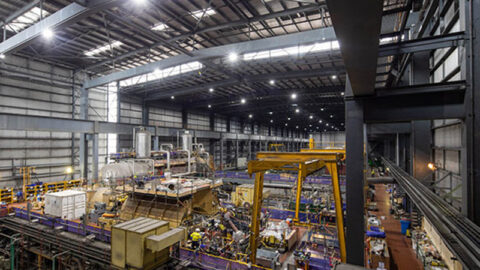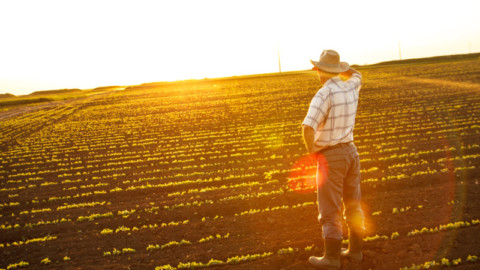The Australian Petroleum Production and Exploration Association (APPEA) has used its submission to the Federal Government’s Gas Fired Recovery consultation to warn that any moves to replicate the US Henry Hub in Australia are both unrealistic and may have perverse price outcomes.
APPEA Chief Executive, Andrew McConville, said the submission also highlighted how the oil and gas industry will continue to play a key role in ensuring reliable, secure and competitively priced energy for all Australians.
The submission supports in principle Federal Government plans to create the Wallumbilla gas hub in Queensland, but only with transparent reporting for both producers and manufacturers. Mr McConville said any reporting requirements put in place must be fair; and any moves to turn Wallumbilla into a US-style Henry Hub will backfire.
“We need to ensure the Hub structure should minimise the need for government intervention in the operation of the market. Development should be market-driven, and large-scale changes driven by the requirements of existing and future participants,” Mr McConville said.
“Any reporting requirements must be from all market participants, not just gas producers, to ensure the efficient operation of markets.
“Currently, there is no emphasis placed on improved transparency around the activities of domestic consumers of natural gas and that needs to change for this concept to be successful.
“Importantly, any efforts to model Wallumbilla on the Henry Hub will fall drastically short; we need an Australian solution for an Australian industry.
“The fundamentals of the US gas market, particularly on the supply side, are vastly different given that the gas is largely a by-product of significant liquids development compared to very dry onshore gas developments in Queensland.”
Mr McConville said the Henry Hub is also encompassed by a substantial network of infrastructure, that enables access in the US, as well as Canada and Mexico.
“It offers interconnections into nine intrastate and four interstate pipelines that provide an artery of supply to the rest of the country, while direct connections into three storage caverns add further flexibility, allowing gas to be traded,” Mr McConville said.
“The US domestic market also has the benefit of enormous scale, being around fifty times the size of Australia’s east coast domestic gas market.
“Importantly, efforts to model Wallumbilla on the Henry Hub are ill-conceived if they expect the same outcomes can be achieved.
“While there are lessons to be learned from the Henry Hub, we need an Australian solution for an Australian industry – not something based on a different market we are not connected to more than 14,000km away.
“The fundamentals of the US gas market, particularly on the supply side, are vastly different given that the gas is largely a by-product of significant liquids development compared to dry onshore gas developments in Queensland.
“The Henry Hub is also surrounded by an extensive network of infrastructure, that offers access not only in the US but stretching to Canada and Mexico.
“It offers interconnections into nine intrastate and four interstate pipelines that provide an artery of supply to the rest of the country, while direct connections into three storage caverns add further flexibility, allowing gas to be traded.
“The US domestic market also has the benefit of enormous scale, being around fifty times the size of Australia’s east coast domestic gas market.
“Australia is better off coming up with our own system driven by the market.”
“The industry played a leading role a decade ago in the development of the existing gas supply hub at Wallumbilla, and the other short-term trading markets that exist on the east coast.
“We look forward to drawing on that experience and on the industry’s experience trading in these markets, as we move to the next stage of more detailed design and consultation.
“Our submission to this consultation focuses on how we can secure this economic contribution and bring billions of dollars of new investment online so there is more gas into the market, supporting both domestic gas consumption and the LNG export projects that are underpinning much of Australia’s economic growth.
“Already the industry has spent $450 billion developing infrastructure, and domestic gas prices have steadily declined since 2016. Our submission is about igniting the industry and Australian economy again for the next twenty years.”
Mr McConville said a recent EY report indicated that with the right policy settings, the industry could boost national economic output by more than $350 billion and support the creation of 220,000 jobs over the next two decades.
“Our submission to Gas Fired Recovery consultation focuses on how we can achieve this economic output and bring billions of dollars of new investment online so there is more gas into the market, supporting both domestic gas consumption and the LNG export projects that are underpinning much of Australia’s economic growth,” Mr McConville said.
“Already the industry has spent $450 billion developing infrastructure and domestic gas prices have steadily declined since 2016, our submission is about igniting the industry and Australian economy again for the next twenty years.”
















